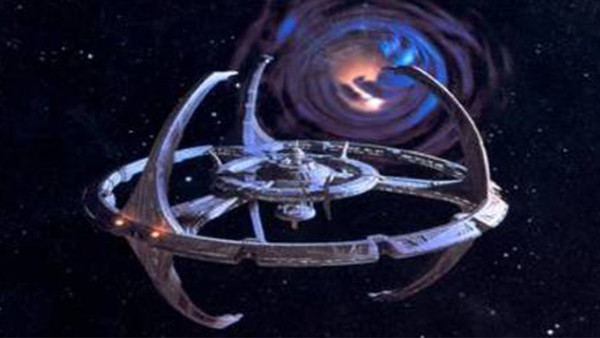Star Trek: 11 Huge Comparisons Between Deep Space 9 And Babylon 5
Who did it better? Babylon 5 or Star Trek: Deep Space Nine?

In 1986, J. Michael Straczynski began working on the concept for his new science fiction series, Babylon 5. He began pitching it to Hollywood executives in 1987. In 1989 he brought his idea along with a pilot script, concept art, character descriptions, series bible, and synopses for approximately 22 episodes to Paramount, the studio behind Star Trek. Paramount rejected the pitch but Warner Bros., envious of Star Trek's success, picked it up in 1991.
Also in 1991, Paramount chairman Brandon Tartikoff asked Rick Berman to expand the Star Trek franchise. Berman and writer Michael Piller discussed ideas for a new show with Gene Roddenberry just before Roddenberry's death in October 1991. The new series, Star Trek: Deep Space Nine was given the green light in 1992 and premiered in January 1993 with their pilot episode, Emissary.
Babylon 5's pilot, The Gathering, although filmed earlier, premiered a few weeks after Emissary due to longer post-production. Straczynski couldn't help noticing the similarities between his show and Deep Space Nine and wondered what was going on. Although he never accused Berman of plagiarism, Straczynski has said he does believe executives familiar with his pitch may have helped guide Star Trek: Deep Space Nine's development.
With that in mind, here are eleven comparisons between Star Trek: Deep Space Nine and Babylon 5.
11. Inspiration

Brandon Tartikoff suggested setting Deep Space Nine on a space station to differentiate it from The Original Series and The Next Generation. If those series were Wagon Train in space, then the new series would be The Rifleman in space, a series about a widower and his son living in a frontier town.
Other inspirations for Deep Space Nine include examples from history such as World War II, the Cold War, the American Red Scare, and even the Kon-Tiki voyage of Thor Hyerdahl. Film and literary genres also proved inspirational. Cyberpunk, film noir, mystery, psychological thrillers, crime, pulp SciFi, and both Greek and Shakespearean tragedy, all served to inspire the show as well.
Straczynski set his series on a space station rather than exploring a new alien planet every week to avoid the bloated budgets experienced by other science shows.
Straczynski wanted the show to have the scope of sagas such as Dune, The Lord of Rings, and the Foundation Series, as well as the depth and character development of mainstream dramas such as Hill Street Blues. Straczynski was inspired by notes on mythology, history, religion, sociology, psychology, and science. Specific references include the legend of King Arthur, Babylonian mythology, Shakespeare, Christian scripture, and Roman history.